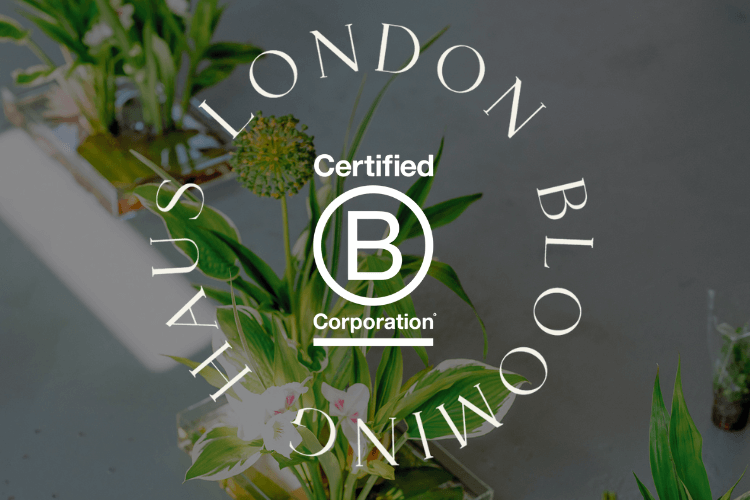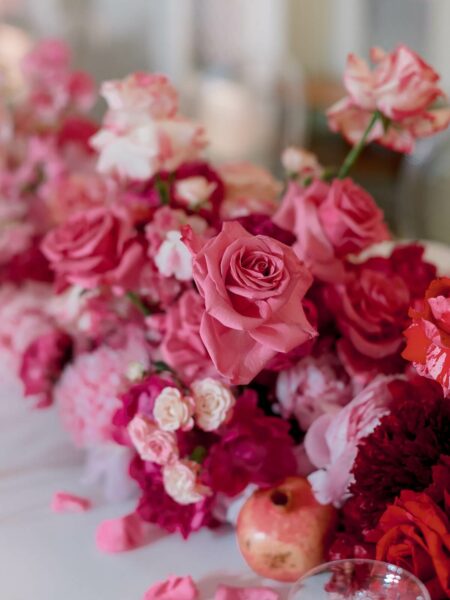Guide To Wedding Planning In 6 Simple Steps
You’re excited. You both decided it’s the right time to tie the knot. So you’re getting married! Congratulations!
We've compiled the most useful tips and advice in this guide to wedding planning.
Planning is stressful! The Internet is full of advice that makes the process more difficult. But don’t worry. You can do this!
We've compiled the most useful tips and advice in this guide to wedding planning.
Planning is stressful! The Internet is full of advice that makes the process more difficult. But don’t worry. You can do this!
Guide to Wedding Planning
1. Organisation
Every properly planned job requires setting deadlines. Think of your wedding or any other event as a project, such that requires a series of meticulously planned steps, which are reviewed, tested, launched, and improved on. It can be fun. We promise. When getting organised, bear these points in mind:
a. Set the date and decide on your budget.
It seems obvious but it’s often overlooked. We propose the following approach: start planning with your dream wedding in mind, then make all the amendments.
Choosing your date. First decide on your dream season: spring, summer, autumn, winter. Afterwards list out any bank holiday, family holidays or important occasions, and decide on the date. Please bear in mind that costs of hiring a wedding venue increases around bank holidays.
Choosing budget is a more difficult task. You might not be aware of a true cost to hiring a catering company, renting furniture, or of tall floral centrepieces. Costs are dependent on the quality of the service provided, professionalism of the team, as well as the experience and style of a supplier.
Choosing your date. First decide on your dream season: spring, summer, autumn, winter. Afterwards list out any bank holiday, family holidays or important occasions, and decide on the date. Please bear in mind that costs of hiring a wedding venue increases around bank holidays.
Choosing budget is a more difficult task. You might not be aware of a true cost to hiring a catering company, renting furniture, or of tall floral centrepieces. Costs are dependent on the quality of the service provided, professionalism of the team, as well as the experience and style of a supplier.
b. Choose a wedding planner or plan your own wedding.
Guidance of an experienced wedding planner is irreplaceable. It is a struggle to pull off a large-scale event with no experience. We understand that wedding planning is associated with ultimate luxury, but the actual cost of hiring a professional to execute your dream is relatively low. You will free yourself off stress and save plenty of time; not to mention, you will also get to fully enjoy the special day when it finally comes. Chenai, the founder of ByChenai Weddings & Events, notes: ‘As an experienced wedding planner and event designer, the value I bring to a couple is the ability to interpret their vision and execute it with a network of trusted suppliers who never disappoint. I ensure that the couple can enjoy the journey to their wedding day and give them exactly what they want - a party to remember’. For the organised brides wishing to organise their own wedding, make sure to follow the steps outlined to make sure everything goes smoothly.
c. Map your journey.
We are turning you into a wedding planning guru. Grab a calendar and list all tasks to undertake.
2. Design
a. Find your inspiration.
Pinterest is just one of the options. We find inspiration in press, magazines (Harper Bazaar, Vogue, but also creative fashion magazines such as Dazed, or Love), TV. We daydream, we consult different concepts with friends and family and we daydream again. We recommend to ‘shop around’ and draw inspiration from different sources.
b. Choose the Theme.
Perhaps you’ll be able to see a recurring theme in the images you’ve selected. Look for repeating patterns, symbols, lines textures. Give your theme a name.
c. Set the Colour Palette.
Colour is one of the most important design tools. As designers, we advise to choose only two main colours. If you’re bringing all the colours to the table, it will be become a multicoloured wedding and the flowers will become white noise in the background. We are looking to connect elements together and create a harmonious look. Simply said, too many colours without bridging create chaos.
d. Select images.
Unless you’re an illustrator or you’re great at drawing, you will not be able to depict your ideas accurately (if you are an artist, we’d love to see your work!). Collect photos, perhaps of previous weddings, of the colours that inspire you, your life, your greatest memories. That’s a perfect inspiration to start with. Plus it tells your story.
e. Limit the options.
It’s time to reduce your choice. We tend to go overboard when looking for inspiration, so let’s reduce the number of chose photography to a maximum of 20 photos per category.
f. Reduce the Options Again.
Let’s look at this simple design process again and try to reduce it by eliminating any redundant elements or photos that do not match your concept. Reduction is essential step to wedding planning.
3. Guests
a. Guests List.
This is a sensitive issue. Be brave, this is your wedding and you can’t make wrong decision. Start from your inner circle and your closest family. Then, move on to your best and closest friends. Finally, don’t forget about your closest colleagues, ad other special people you don’t get to see much (living abroad, for example).
b. Bridesmaids.
Just when you thought you were done, here comes another struggle. Our advice? No bridal party is too small or big.
4. Venue
You have your vision. You know your estimated number of guests. Now, it’s time to search for the venue.
a. Research Phase.
Take our advice: rustic weddings fit rustic venues. Exotic flowers therefore won’t go well in a barn countryside setting, unless you transform the venue. Furthermore, if you’re planning your wedding in a grand palace with tall ceilings, a jam jar arrangement will look out of proportion and poor. This is why referring to your mood boards is so important when looking for a venue.
b. Compare and Contrast.
Most likely you will visit at a lot of venues before making a decision. Once you’ve visited all venues from your list, reduce the options to 3. Create a spreadsheet and compare the pros and cons of each. Include factors such as price, space, location, aesthetics, how accommodating the venue is to your needs, professionalism and guidance of the venue coordinators and staff, etc.
c. Review.
Review your spreadsheet and make the call to book your favourite venue.
d. Send Save The Date Cards.
Break the news to your guests. Ask for RSVPs. This is important to get a feel of how many people will be able to attend and essential to start planning venue, seating arrangements, etc.
5. Suppliers
Choose your suppliers carefully. Go back to your vision board and make knowledgeable decision to contact the professionals who fit your dream wedding.
a. Photographer.
Choose according to style, check portfolio, their social media accounts and their previous experience.
b. Florist.
The process is very similar to the above. We advise to focus on the creative capacities of the studio, testimonials, features in magazines and online blogs and how good the customer service is.
c. Crockery.
Either your wedding planner or your florist will give you advice on the suitable choices. We work with a range of suppliers and happily make recommendations and help style events for our customers.
d. Music.
Would you rather dance to live music or your list of favourite tunes?
e. Catering.
Some venues require booking an external catering company. We follow the same process as with a photographer, paying extra attention to testimonials. Do not forget to book your tasting session!
f. Stationery (Design Invites, RSVPs, Menus, Placecards, and so on).
Find an experienced printing company or work with a graphic designer that will take the project from design to print.
g. Wedding Cake.
Think of the design as well as the taste. Get in touch with bakers who specialise in weddings. Review their portfolio, check the testimonials and choose your 3 favourites and arrange meetings.
h. Cars and Transportation.
Getting guests in and out of different locations is a challenge. Choose suitable suppliers that will make necessary trips smooth.
i. Location of your stay the night before.
Do not forget to book your hotel close to the venue where you’re staying.
6. You
a. Choose your dress (plan the fittings) and other accessories.
This is a subject worth a separate article. Look out for our next posts for guidelines on choosing a wedding dress.
b. Finalise the rings.
This is a lengthy process so make sure you account for the extra time to discuss the designs with the jeweller and arrange a series of fittings.
c. Find a make-up artist and a hairdresser and organise a meeting/trial.
Expertise of the professional is crucial. After all, it is the most important day of your life. Review the testimonials, view the portfolio, and follow the initial inspiration.
d. Honeymoon options.
Will you plan a short Euro trip or a long-haul holiday?
e. Book a spa or a facial regularly.
Do not forget about your skin and nails. You will look glowing and picture-ready.
Afterthought
Every wedding is special and usually requires a different approach. This guide to wedding planning doesn’t have to be followed in the written order. However, account for every item listed to ensure a smooth planning experience and great memories. And if you need help, get in touch with us. Besides, we have also written a few other useful guides click here to read on wedding budgets, wedding flowers mistakes or choosing your wedding flowers centrepieces.




